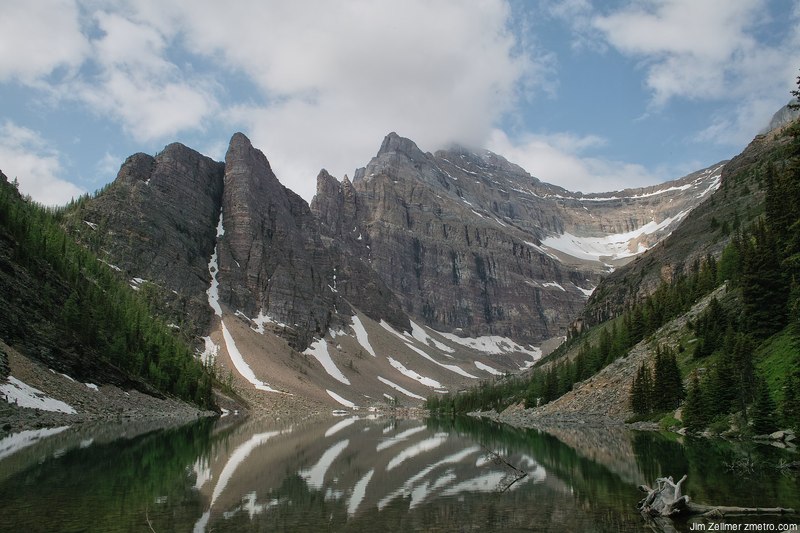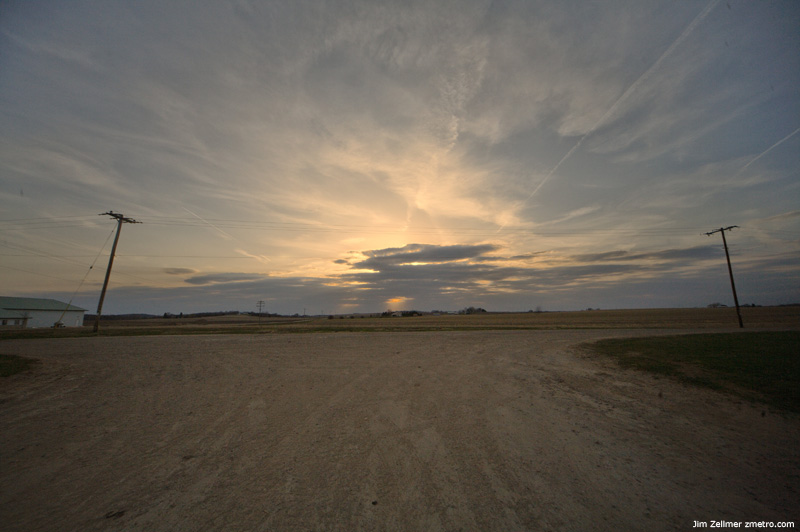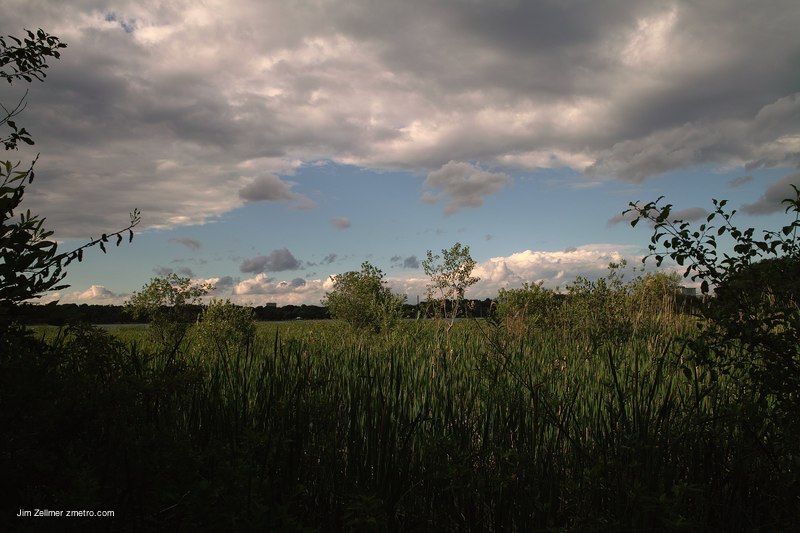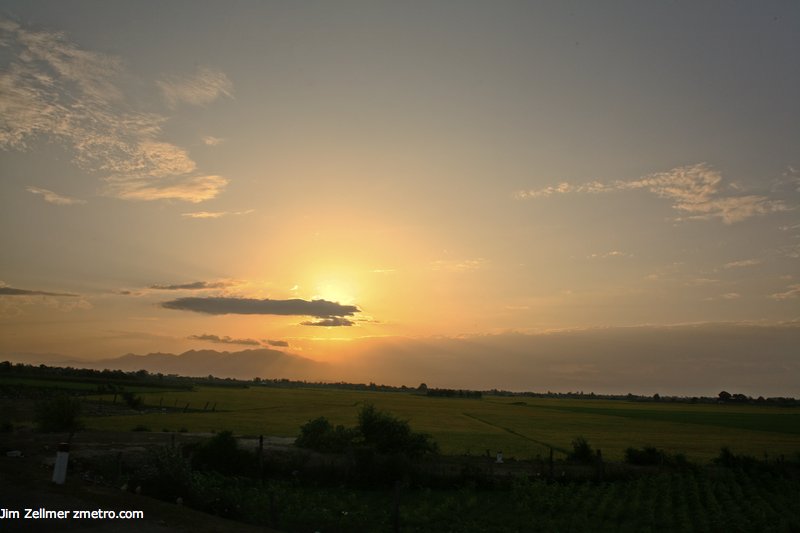
Clusty Search: Lake Agnes Banff National Park Canada. This photo was taken after a hike up from Lake Louise. A pleasant “Tea House” awaits the hiker adjacent to Lake Agnes.
Category: Geography
Lake Wingra / UW Arboretum Clearing Storm Photo
Drained Lake Delton VR Scene
A Tear: Vietnam Approves a $4.5 Billion Dollar Coastal Casino Project. Atlantic City on the South China Sea?
Communist Vietnam is set to become the latest country in Asia to embrace Las Vegas-style casinos, with a Canadian property developer planning to break ground Saturday on the first phase of a $4.5 billion casino-resort project on the nation’s southern coast.
The project, called Ho Tram, will be the biggest foreign investment to date in Vietnam, said Michael Aymong, chairman of Toronto-based Asian Coast Development Ltd., the project’s lead investor, with a 30% stake. Its main partner in the project is New York hedge fund Harbinger Capital LLC, which has a 25% share.
The initial phase will cost $1.3 billion and consist of two five-star hotels with a combined 2,300 rooms and a casino with approximately 90 gambling tables, 500 slot machines and an area for VIP customers. When completed in 2015, the resort will comprise five hotels with 9,000 rooms and a second casino, Mr. Aymong said.
Ho Tram also will target vacationing families, with features including an 18-hole golf course designed by Greg Norman, a Cirque du Soleil theater, and a site for guests to swim with dolphins.
“It’s a needed project in Vietnam” that, in spite of the country’s poor infrastructure, will be able to “effectively compete” with integrated resorts in neighboring China, Malaysia and Singapore, Mr. Aymong said
Susan Spano offers another perspective after a recent visit.
The photo was taken on Highway 1 several hundred kilometers northeast of Ho Chi Minh City (Saigon).
VR Scenes from China’s Earthquake
The Washington Post has published several VR scenes from Central China.
On Burma
The Atlantic posted a 1958 Supplement on Burma here.
Manzanar
Bob Lefsetz’s latest on Manzanar brought back memories of a drive down the Eastern Sierra via 395 many years ago. My email to Bob:
Great right turn, one I made in 1990, when I left San Francisco and drove east to a new job in my fun MR2. I took some time on Frost’s “Road not Taken” – which indeed made all the difference.
395 has some great history, including Manzanar and The LA Department of Water & Power’s Owens Valley H2O grab. I drove East to Tahoe, then South, stopping again for a Mono Lake Sunset. Continuing on past Mammoth, I made the Manzanar stop. No one was around (this was before the National Park Service took over). Somewhere, I have some photos – I’ll have to look them up.
Driving further south, I recall the dust, where Owens Lake used to host an extensive habitat, before the water was sent to the lawns of LA.
Some vr scenes:
Virtual Guidebooks
VRMag virtual tour links
Clusty on Manzanar.
Dodge County Sunset

Addressing: The Revenge of Geography
Pondering a future for location intelligence is a speculative journey through geographic permanence and human transience that ends with proving location intelligence to be evermore crucial to businesses and governments.
The Canadian postal context
The post office has a natural connection to location and an unbeatable advantage over geo-matics, spatial mapping and so on: postal carriers go regularly to all locations.
Opened in 1755, the first Canadian post office facilitated commerce and nation-building at a time when locating people and places among the buffalo and beaver was a real challenge. By 2005, Canada Post was delivering 11.1-billion letters and packages – about 37-million pieces every day – to over 31-million individual Canadians plus over 1-million businesses and institutions at some 14-million points-of-call.
Canada Post has established an electronic pedigree as well. epostTM serves about 4-million subscribed Canadians, delivering electronic bills for over 90-percent of Canadian large volume mailers. Canada Post also provides both an electronic courier service to securely transmit large electronic documents and an Electronic PostMark.
Out of East Germany via Bulgaria
Two dangling strands of barbed wire have haunted Olaf Hetze for over a quarter century, since his failed attempt to escape from the Communist bloc, not by going over the Berlin Wall but around it by a little-known route through Bulgaria.
Mr. Hetze still believes that he and his girlfriend, Barbara Hille, might have made it if he had managed to cover their tracks better, trimming the loose ends after cutting the top wire of a border fence. If he had, Mr. Hetze said in an interview at his home in Munich earlier this year, he might never have seen the shooting stars of tracer bullets arcing across the night sky, or had to watch his girlfriend twist in the air and fall to the ground, blood rushing out of a life-threatening wound to her shoulder.
But the dangling wire was far from the only reason they failed.
Thanks to the work of a dedicated German researcher, the full extent of the escape attempts through Bulgaria, and the danger, is just now coming to light. At least 4,500 people tried to escape over the Bulgarian border during the cold war, estimated the researcher, Stefan Appelius, a professor of political science at Oldenburg University. Of those, he believes that at least 100 were killed, but no official investigation has ever been undertaken.

 Full Screen VR
Full Screen VR